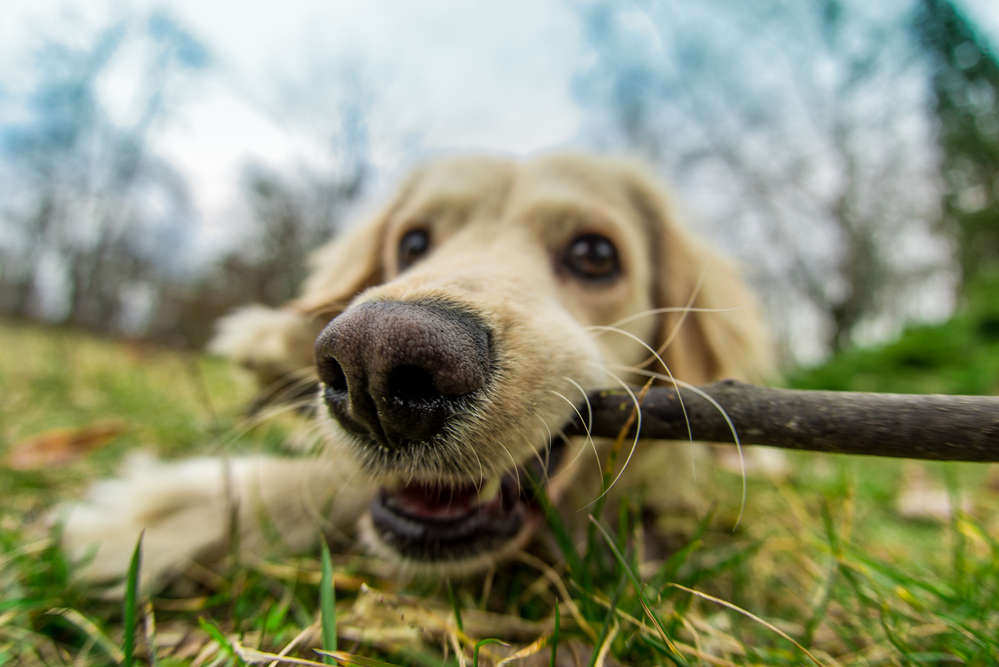When integrating cats and dogs always supervise them until you know they will get along. Make sure the dog understands that the cat is a part of the family and not a play object or prey. It is important to keep the dog out of the cat’s litter box because he may try to eat the cat droppings. Feed both animals separately and pay attention to both animals as much as possible.
The attitude and attention of the owner is usually enough to prevent serious rivalries or hostilities from developing between the cat and dog. Controlling and developing the relationship between the two animals will require patience and consistency. Some dog breeds have stronger prey drive than others, be sure to research your dogs breed before introducing a cat.
Both cats and dogs are predators by nature. Cats are independent creatures. They are mentally and physically capable of exploring their surroundings in great detail. Dogs are not as agile as cats and may appear clumsier in comparison. Dogs are accustomed to being mentally tuned to different situations and are less likely to explore than cats.
In most cases cats and dogs never get used to each other. But in some cases cats and dogs may actually play together and build a relationship if trained appropriately. Their ability to get along also depends on the personality of the animals and the owner’s ability to understand the behaviour of each animal ( HYPERLINK “http://www.canismajor.com/dog/furfury.html” http://www.canismajor.com/dog/furfury.html).
In general, it would be easier to integrate a new animal into a household if the new animal is younger and of the opposite sex. Also note that certain breeds of dogs are less likely to get along with cats (e.g. terriers) than other breeds such as hounds. Regardless of the animals breed, ensure the integration process is slow ( HYPERLINK “http://www.metroanimal.org/adoption/dog_cat_integ.html” http://www.metroanimal.org/adoption/dog_cat_integ.html).











